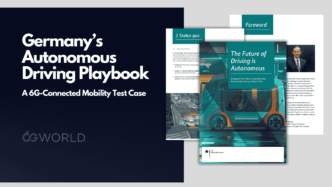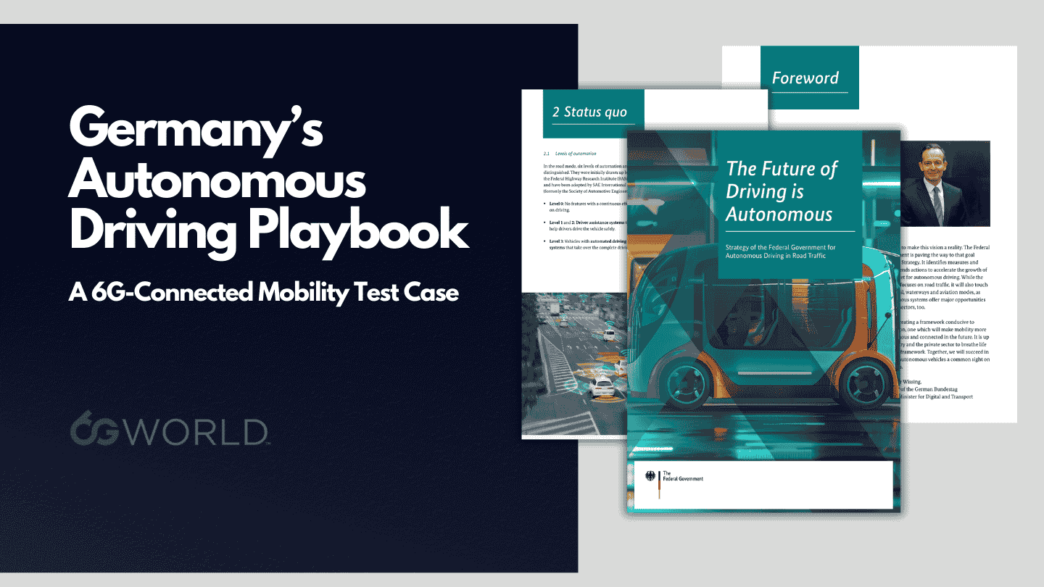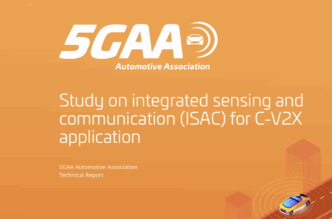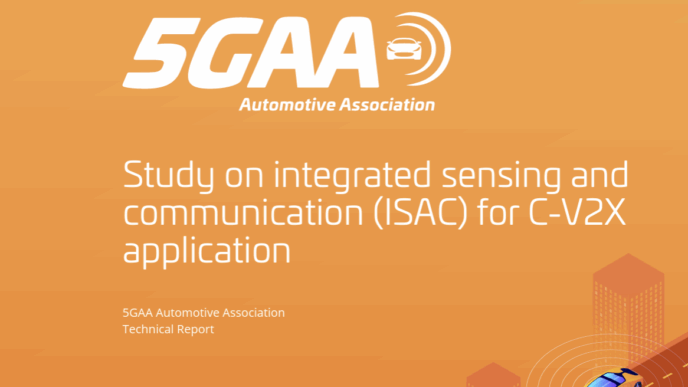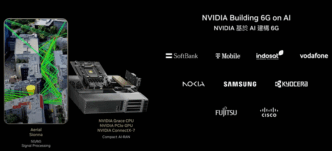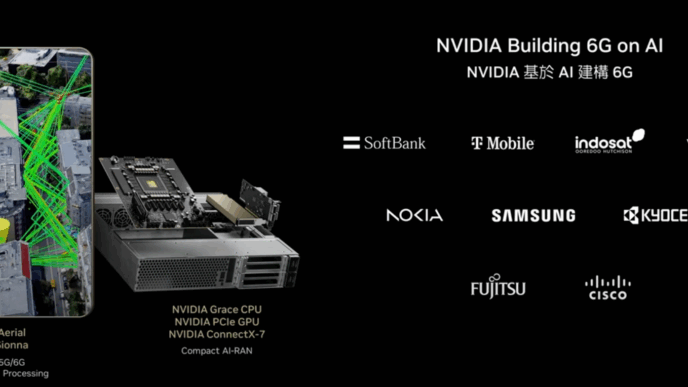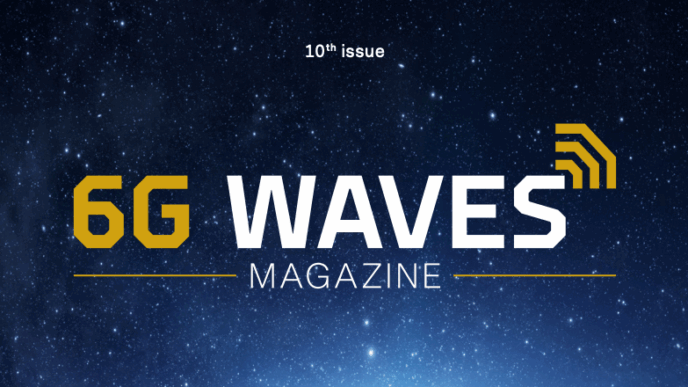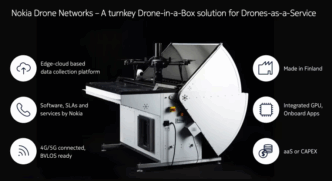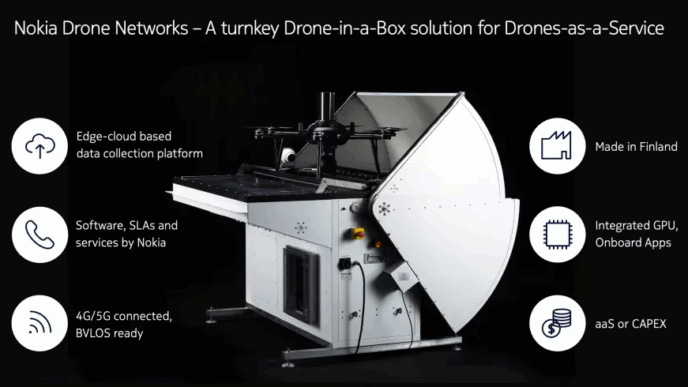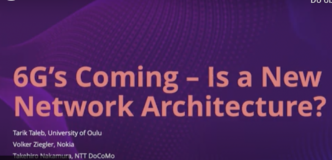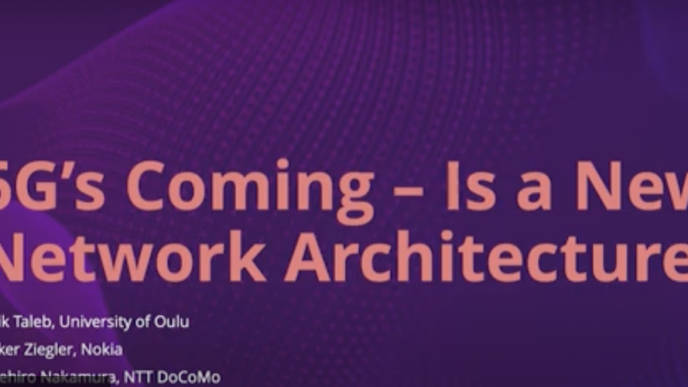Germany just unveiled a national strategy to dominate the autonomous driving space — and it’s more than a regulatory update. It’s a test case in how a nation might hardwire future mobility into its legal, industrial, and digital infrastructure.
From already-enacted Level 4 legislation to plans for the world’s largest coherent operational area for autonomous vehicles by 2028, Germany’s vision is grounded in public service use cases: think autonomous shuttles, rural connectivity, and freight corridors — not just flashy robotaxis.
What stands out?
- Policy-first innovation: Rather than betting on startups, Germany is pushing top-down regulatory alignment, from EU to UNECE to nationwide road law.
- AI, cybersecurity, and C-ITS: A clear acknowledgment that autonomy will depend on trusted systems, real-time data flow, and interoperable infrastructure.
- 6G implications: Though never named directly, the vision relies on edge cloud, resilient communications, and low-latency V2X — all foundational to future 6G networks.
And while Germany plays the long game, China is scaling robotaxi fleets citywide, and U.S. firms like Waymo and Tesla are embedding autonomy into consumer markets today.
So which strategy wins? The answer may lie not in who moves first, but in who connects best — which brings us to:

👉 AI-Driven Automotive Connectivity Summit – Q4 2025
Hosted by 6GWorld, this event will unite leaders from telecom, automotive, public sector, and AI to explore how V2X, edge cloud, and network orchestration are reshaping the connected vehicle stack. We’ll go beyond policy and into pilots, partnerships, and next-gen roadmaps.
📩 Interested in speaking, sponsoring, or co-hosting?
Request a partnership proposal: piotr@6Gworld.com
